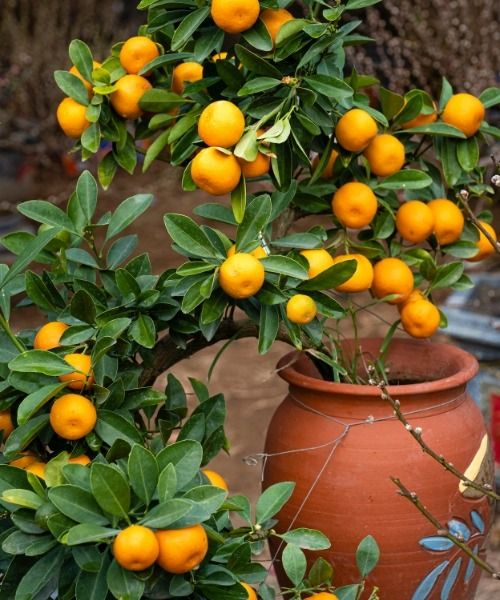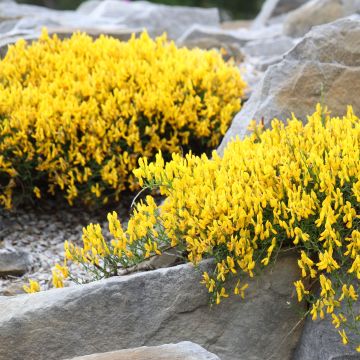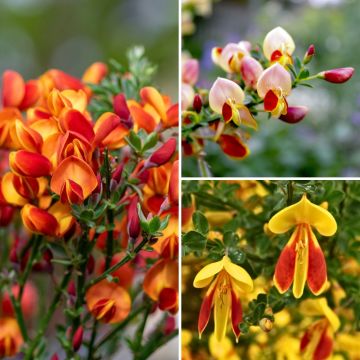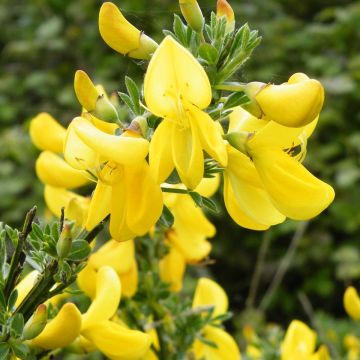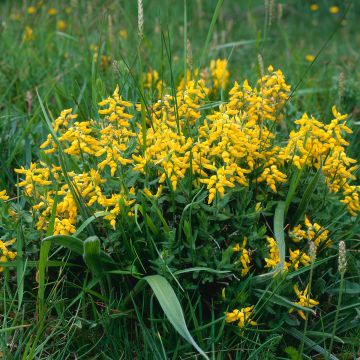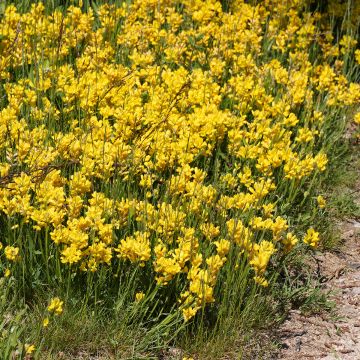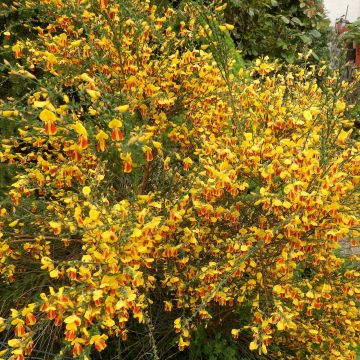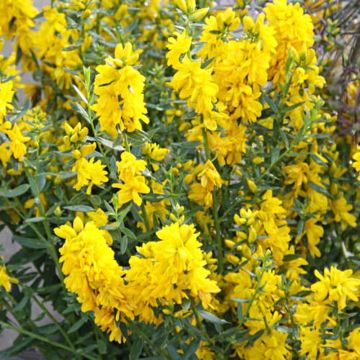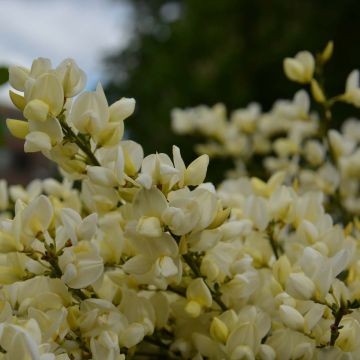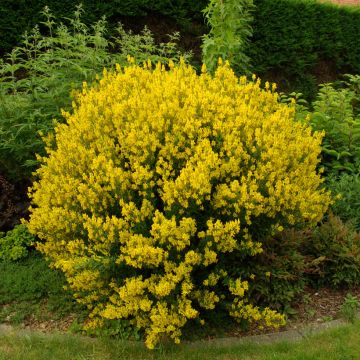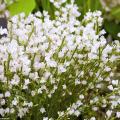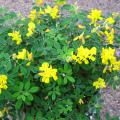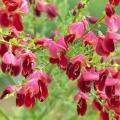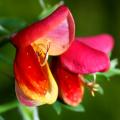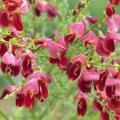Broom for pots
Would this plant suit my garden? Set up your Plantfit profile →
Available in 4 sizes
Available in 0 sizes
Available in 1 sizes
Available in 1 sizes
Available in 1 sizes
Available in 1 sizes
Available in 1 sizes
Available in 1 sizes
Available in 1 sizes
Available in 1 sizes
Available in 1 sizes
Available in 1 sizes
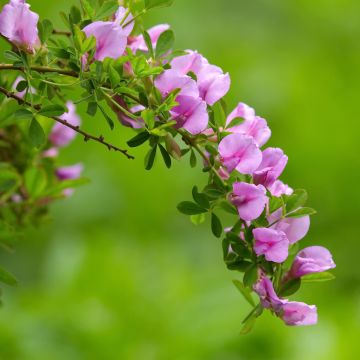
Available in 1 sizes
Available in 1 sizes
A selection of shrubs suitable for pot or container cultivation. These are plants from the Genus Cytisus or Genista with small growth that won't feel cramped in a pot as long as the right size is chosen. With abundant and often fragrant spring flowering, these small bushes are perfect for enhancing the patio or balcony. Cytisus racemosus Phebus Tenerife Bush, is an evergreen bush with a regular habit, is highly fragrant and blooms abundantly from March-April to June, in a slightly orangey golden yellow colour. Not very hardy, pot cultivation allows it to be stored away during winter. Genista tinctoria Plena, a very pretty dwarf form with double flowers of the dyer's broom that forms a large cushion of 30 cm (12in) by 50 cm (20in). Among the broom bushes, compact varieties such as the Cytisus scoparius Palette can be chosen, reaching only 1 m (3ft) in open ground, with multicoloured flowering in shades of red, orange, lilac, and peach, which are very bright under the spring sun. Cytisus scoparius 'Golden Tears' is an amazing broom that forms a small trunk and is covered with a fountain of gold in April-May. The early blooming varieties, Cytisus praecox ('Allgold', 'Albus'), which bloom in early spring, can also be grown in a large pot. The substrate must be very well-drained for all of these varieties, to avoid waterlogging but watering should be regular. Repotting is recommended every 2 or 3 years.
This shrub is a generous, honey-bearing plant that generally thrives in relatively poor soil.
Haven't found what you were looking for?

































